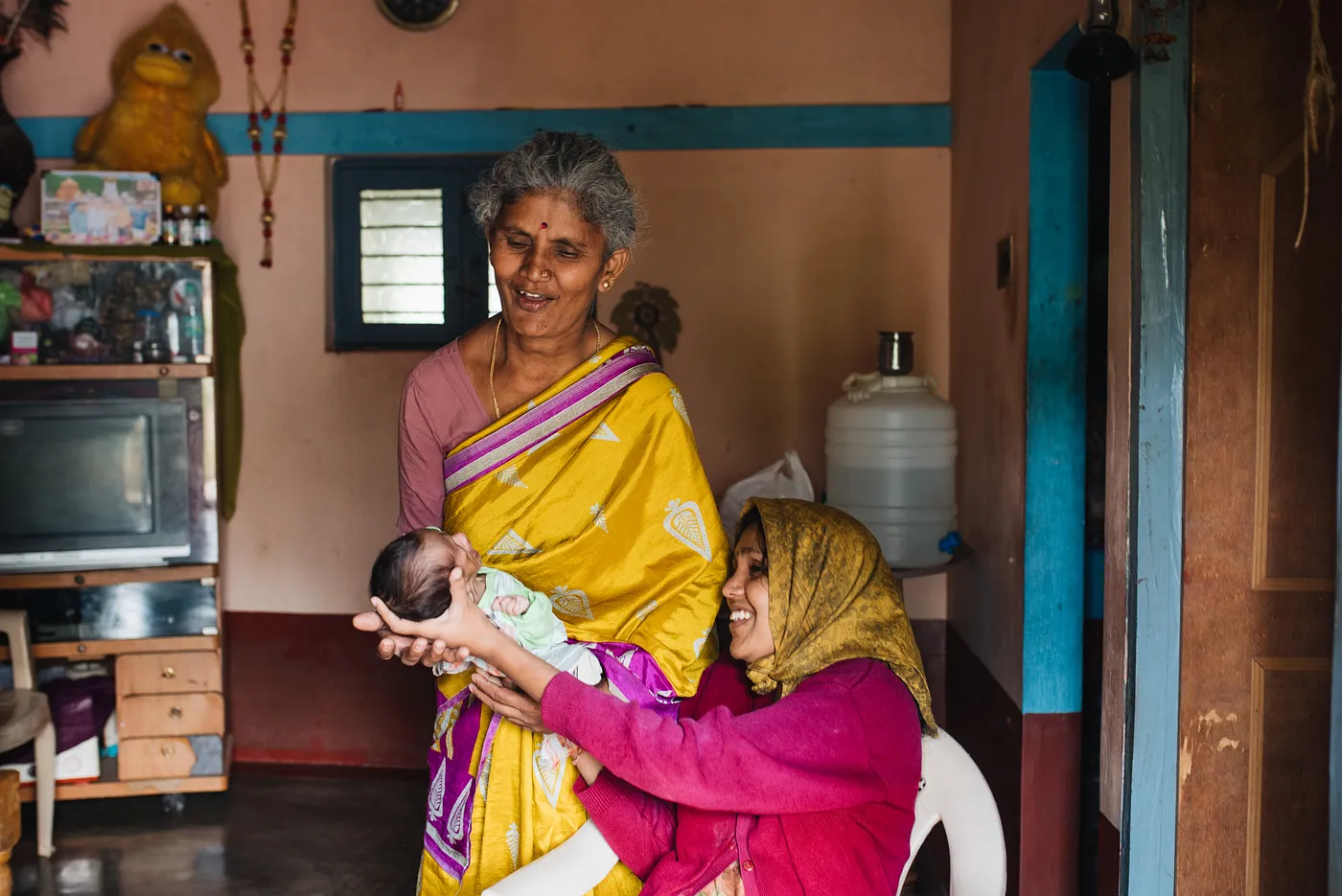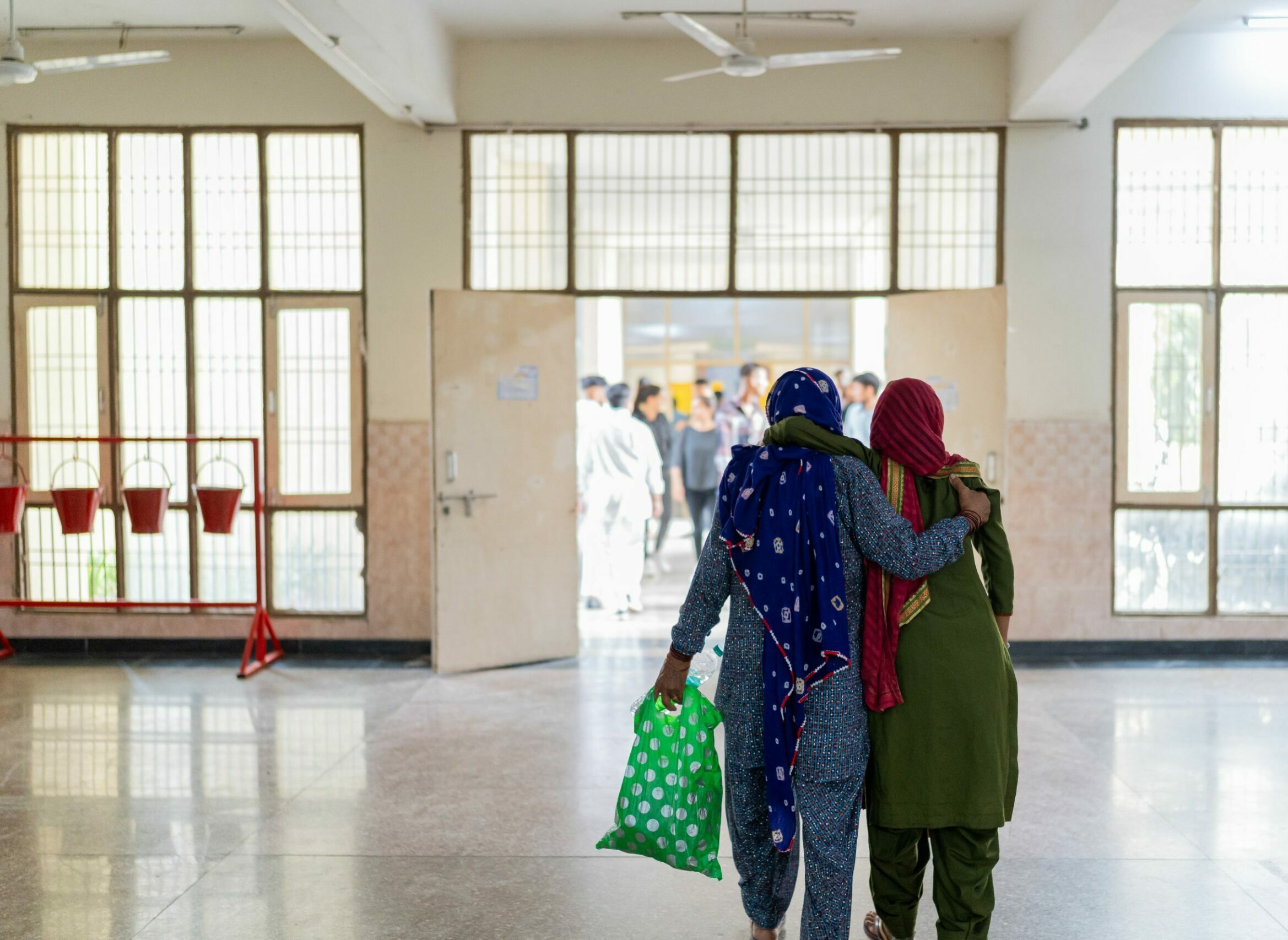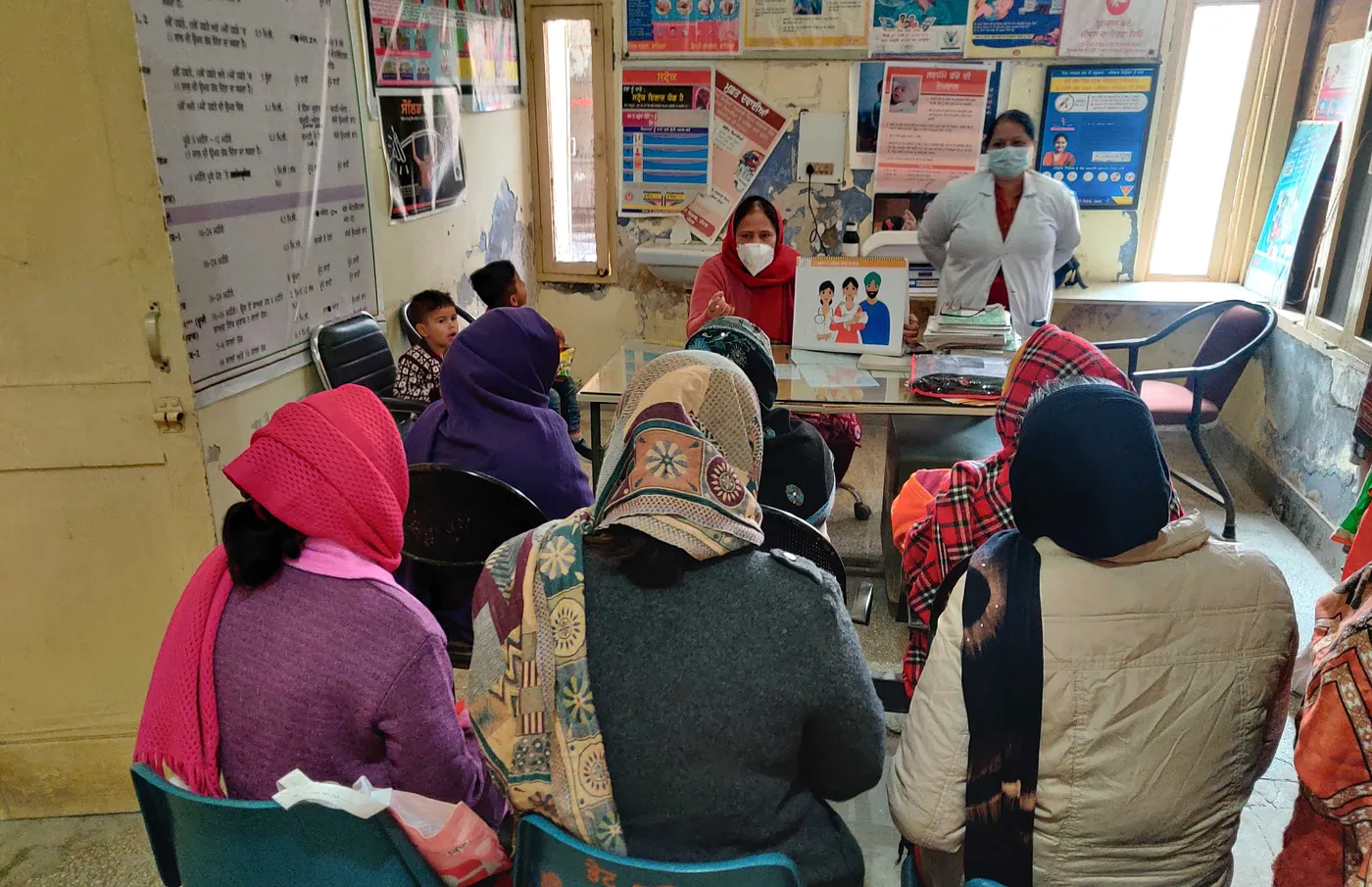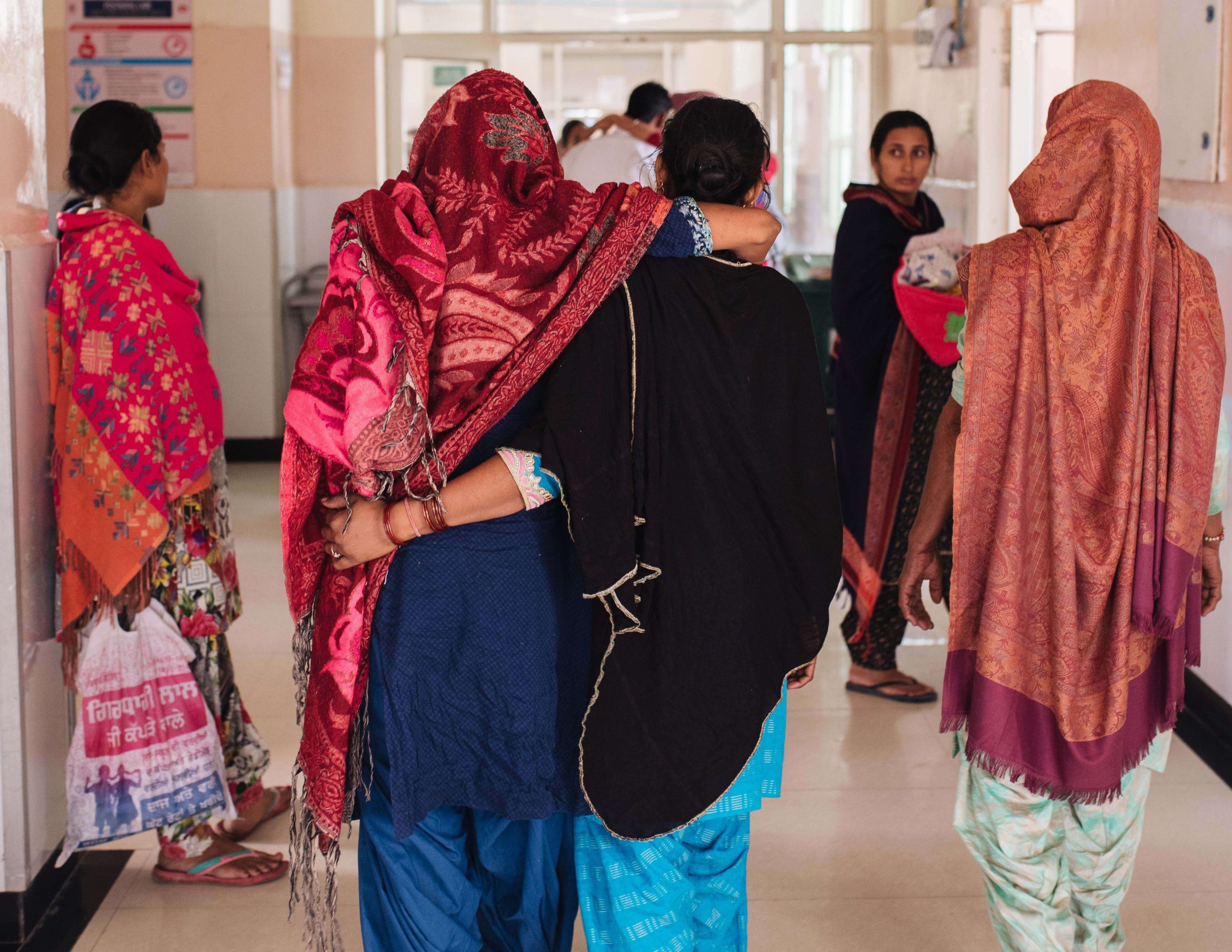

Breaking Barriers: Overcoming Stigma to Make Healthcare Accessible
Learnings from Tuberculosis and COVID-19 Research
Life in the Village
Shanti is 20 years old, and a Multi-drug Resistant Tuberculosis (MDR TB) patient from a village in Madhya Pradesh, India. When she tested positive for TB, she became the one comforting her family, not the other way around. Society and tradition held sway, trickling down into interpersonal relationships. Her family wondered, “Who will marry our diseased daughter?”
How can a patient recover with dignity if their primary caregivers are held back by social insecurities?
I had a conversation with Shanti as part of Noora Health’s effort to understand the challenges TB patients face in remote parts of India and explore ways to support them and their caregivers. Shanti’s voice trembled as she spoke, holding back a dam of tears — on the verge of breaking. As I hung up the phone, I couldn’t help but imagine how heavy the stigma fell on young Shanti’s shoulders.
My own experience with medical stigma
Listening to Shanti’s story, I was reminded of my own experiences with stigma in healthcare. Since my childhood, I’ve heard so many people minimize seeking professional medical help:
“Why go to a doctor for something so small?”
“Medication is for weak people.”
Due to this “what will people say?” mentality that is woven into the Indian social fabric, I lived with a spinal cord dislocation (retrolisthesis) for two years until it became so severe I could not get off my bed one morning. I did not want to be the delicate girl on the sports team, nor could I afford to pay for tests with my college budget. This self-imposed stigma compounded itself over the years and took many forms — self doubt, helplessness and hopelessness.
A society highly driven by fear of other people’s opinions can be a hindrance to an accessible and effective healthcare system.
Ideally, a healthcare system should enable access for everyone, and it is imperative that people have trust in the system. Stigma plays a crucial role in the diagnosis, treatment, and outcomes of an individual’s health, and especially their willingness to seek treatment.
A society highly driven by fear of other people’s opinions can be a hindrance to an accessible and effective healthcare system.
Ideally, a healthcare system should enable access for everyone, and it is imperative that people have trust in the system. Stigma plays a crucial role in the diagnosis, treatment, and outcomes of an individual’s health, and especially their willingness to seek treatment.
When society places negative associations on a disease, individuals are shamed or ostracised, further reinforcing the barriers for individuals to seek care. The COVID-19 pandemic, where people with symptoms hold back going to the doctor or getting tested for fear of social alienation shows this to be true.
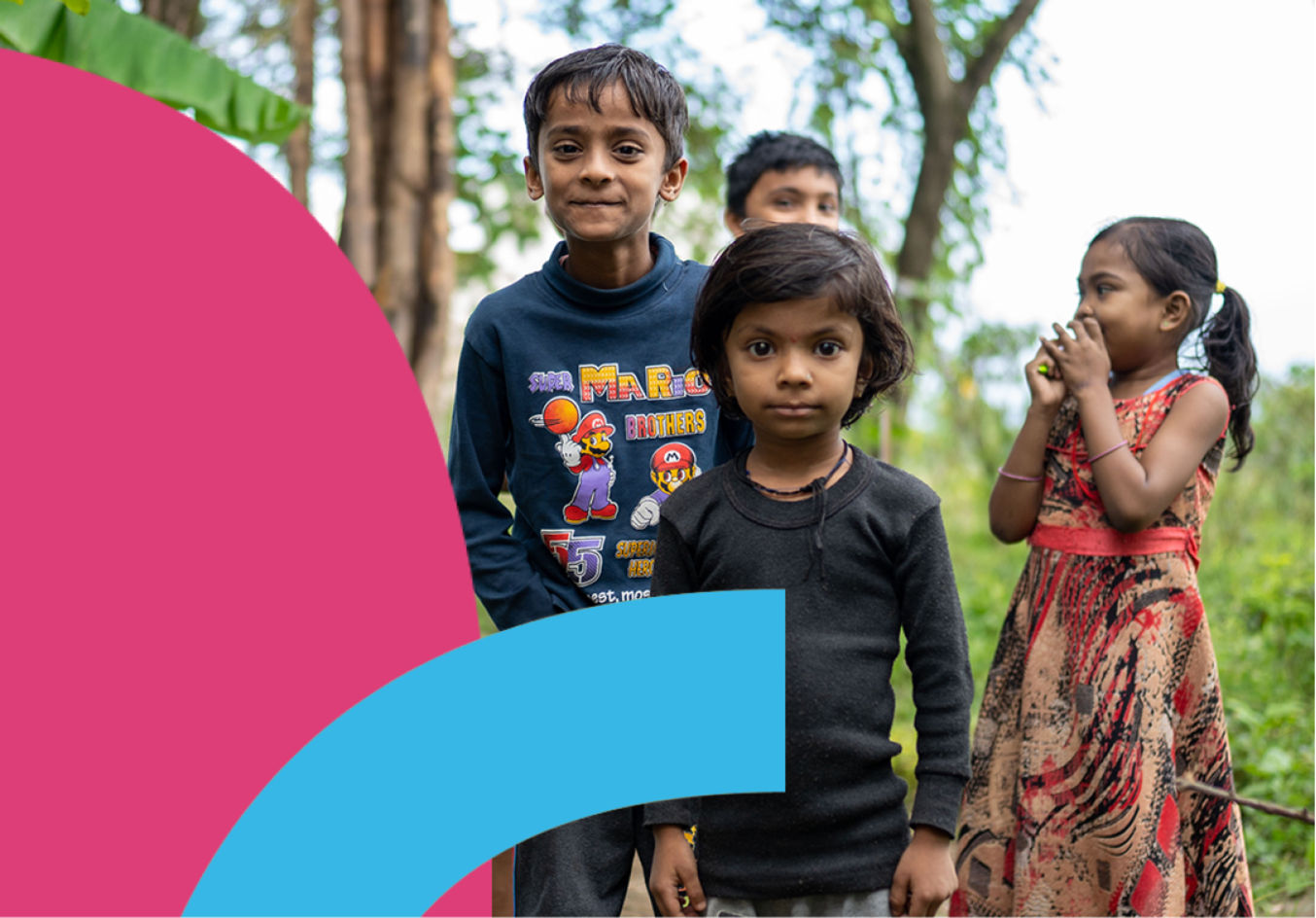
We are only as strong as the weakest link
TB diagnosis and treatment is free in India. COVID-19 testing and vaccines are free and increasingly becoming more accessible. These are curable and preventable diseases.
So, what keeps people from seeking treatment and getting better?
Early results of our research and interviews indicated stigma associated with TB contributes to delays in seeking treatment and a lack of following through with the complete course of prescribed medicine. No matter how good the healthcare facility or policies are around treating stigmatized diseases, our systems lose patients everyday due to a lack of trust and awareness.
Addressing Stigma
What lessons can we learn from elsewhere? How do we translate these lessons in an ongoing way into our program design? For instance, especially during the early days of the AIDS epidemic, research showed that as a result of stigma there was “less use of voluntary counseling and testing, less willingness to disclose test results, and incorrect knowledge about transmission” (Pulerwitz et al.) One key component of addressing this, across countries, were the many massive public facing “stand up against stigma” awareness campaigns to change the narrative around AIDS (remember the Pulli Raja character and ads in South India?).
Stigma affects both how people are treated and then downstream behaviors they’re comfortable doing. Stigma affects how willing someone is to be screened and get tested for COVID-19 earlier in the pandemic, or for instance how comfortable men are to ask questions about their newborn baby.
Where human centered design meets stigma — examples from our COVID-19 campaign
Noora Health specializes in creating medically accurate material (often for populations with low health literacy) to help healthcare providers save lives. Materials are being freely disseminated through a network of 70+ partners across India, Bangladesh, and Nepal.
When COVID-19 hit, people were fearful, and misinformation was everywhere. During the first wave, Noora along with the IDFC Institute hypothesized that stigma and fear was becoming a barrier to timely COVID-19 testing.
We needed a clever intervention, so our initial design carried the tagline, “If you love your family, get tested”. This was motivated by needs finding which is the cornerstone of human centered design, which demonstrated: care for one’s family was a huge motivating factor to get tested earlier and prevent further COVID-19 transmission. This poster worked because it triggered an emotional response — no one wants to put their family at risk. The campaign taught us about tapping into emotions rather than reason; focusing on how to make service and resources more accessible (i.e. a helpline if people had questions); and explaining the benefits of action, and the risk of inaction.
From the needs finding surveys, we also learned that medical professionals were considered the most trusted messengers. Accordingly, we created the character Dr. Saab, a jovial, friendly and approachable neighbourhood doctor. He became the mascot of our campaign.
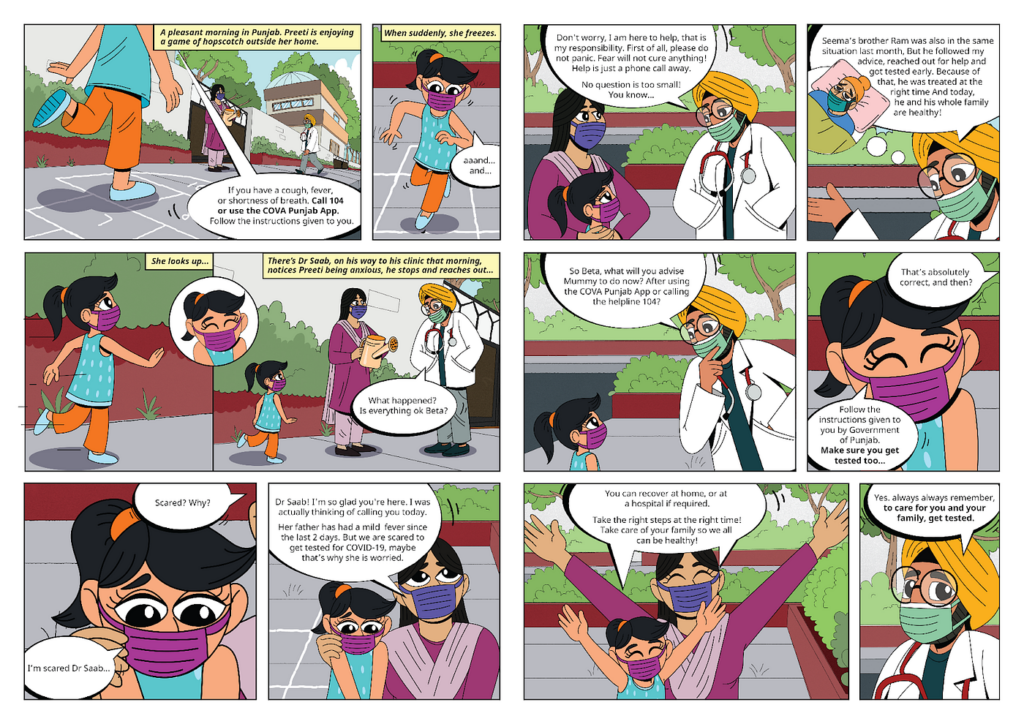
Take-home tools against stigma
Needs finding through interviews and community integration allow us to better understand the root of stigma even when deeply embedded in culture and conditioning.
Human centered design — looking at a problem through the lens of those who experience it — can act as a framework to neutralize bias from the intervener/ funder/ designer. A successful campaign hinges on working with and for the people who need the support.
Clever interventions can target logic or emotion, and often a mix of both.
Trust. Our societal narratives tell us what and who to believe. Any bias or hidden agenda in a campaign equals failure. Honesty creates trust, nothing else.
Why is this personal?
I still think of Shanti and her mother in their small one room hut. Is she OK, and how is her mental health? How is her family dealing with her illness? How is she dealing with stigma from her family?
For me, I finally confronted the stigma of my injury and sought medical attention because the pain was unbearable. I hope people seek treatment before their illness gets to this point; this is why I write. Also, I was fortunate to have a job that could pay for the bills. This isn’t true for everyone.
My family was there for me. They didn’t laugh, or tell me I was weak, or hold me back from the hospital. They gave me the moral support I needed, and made me believe what I was doing was right.
It takes a connected and aware family to overcome the obstacles life throws at us. We may not have control over the outcome of all diseases, but we do have a say in the process. Our attitude and ability to self-reflect matters.
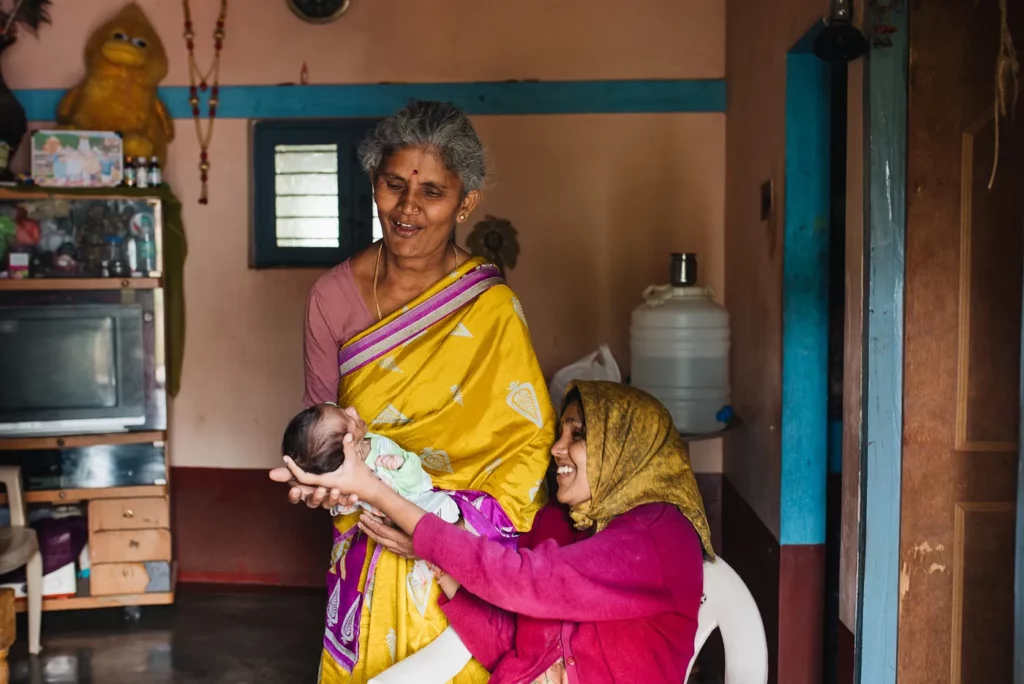
Looking ahead
We are still probing how technology, design, research, and the Noora Health model can help TB patients and their caregivers. One lesson we have learned: awareness is key, and the key is awareness. Our job is to tell (medically accurate) stories that weave themselves into society. Prejudice, discrimination, and fear to seek treatment need furthur investigation. We are innovating, designing interventions, making mistakes, and trying again. There is no silver sword that will cut through stigma, and that’s OK.
But we do know that the stories we tell, and the opinions we share matter — they make up our collective narrative and will be passed down to future generations. Think about this next time you are sharing a cup of tea and swapping COVID-19 stories. Do your best to be optimistic, accurate, and unbiased. Together we can help people get treated in the face of stigma.
